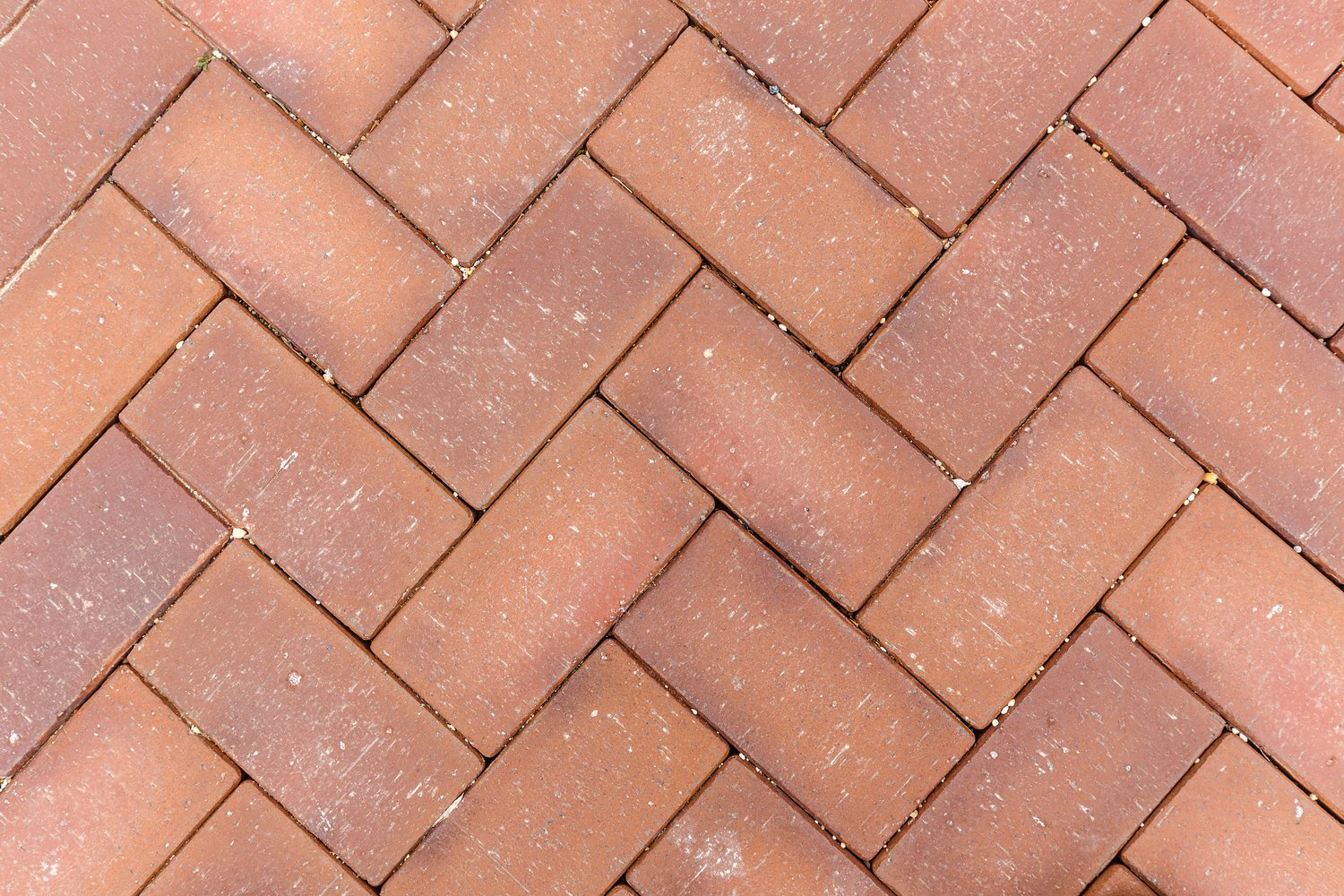When it comes to creating an inviting outdoor living space, the surface you choose forms the foundation of your garden’s aesthetic and functionality. The decking vs paving debate represents one of the most significant decisions homeowners face when designing their outdoor areas. Each option brings distinctive characteristics, maintenance requirements, and price points that can significantly impact your garden’s look and feel. This article compares timber decking and paved patios, examining their advantages, disadvantages, installation considerations, and long-term costs to help you select the ideal garden surface option for your lifestyle and preferences.
Understanding Your Options
Before diving into specifics, it’s important to understand what each outdoor flooring choice entails. Timber decking typically consists of wooden boards installed on a raised frame, creating an elevated platform in your garden. It’s commonly made from treated pine, hardwoods like jarrah or spotted gum, or composite materials that blend wood fibers with plastic. Paving, on the other hand, involves laying stone, concrete, or brick units directly onto a prepared ground base. Popular paving materials include concrete pavers, natural stone such as granite or limestone, porcelain tiles, and clay bricks. Each material within these broader patio material comparison categories offers unique aesthetics and performance characteristics.
Aesthetic Considerations
The visual appeal of your outdoor space significantly influences how you experience and enjoy it. Timber decking delivers a warm, natural appearance that many find inviting and relaxed. It complements garden greenery beautifully and can make smaller spaces feel larger through thoughtful board direction. Wood also weathers charmingly over time, developing character with age. Conversely, paving offers incredible versatility in design with various colors, textures, patterns, and formats available. From the rustic charm of cobblestones to sleek, contemporary porcelain tiles, paving can achieve almost any look. According to surveys from AskHomey, homeowners often select their garden surface options based on how well they complement existing architecture, with traditional homes frequently paired with natural stone paving while modern properties may feature clean-lined composite decking or minimalist concrete pavers.
Installation Considerations
The installation process differs substantially between these outdoor flooring choices. Decking typically requires less groundwork but more complex structural elements. It involves creating a frame system that sits above ground level, making it particularly useful for sloping sites or areas with poor drainage. Professional installation ensures the substructure is properly constructed to prevent future problems. Paving demands extensive ground preparation including excavation, creating proper drainage gradients, and installing substantial sub-bases. While the technical carpentry skills needed may be less, achieving a perfectly level surface with appropriate drainage requires expertise. Both options can be DIY projects for experienced homeowners, but the margin for error is smaller with paving since mistakes are difficult and expensive to rectify once materials are set.
Durability and Maintenance
When comparing decking vs paving, longevity and upkeep requirements often become deciding factors. Timber decking typically requires more regular maintenance, including annual cleaning, oiling or staining every 1-2 years, and checking for loose boards or protruding nails. Wood is also susceptible to rot, insect damage, and warping if not properly maintained. Higher-quality hardwoods and composite materials can reduce these concerns but at a higher initial cost. Paving generally offers superior durability with minimal maintenance beyond occasional cleaning and weed removal from joints. Stone and concrete pavers can last decades with little deterioration, though they may develop moss or algae in shady locations. The patio material comparison also reveals that paving rarely requires replacement, while even well-maintained timber decking often needs partial or complete renewal after 15-25 years.
Cost Analysis
Budget considerations inevitably influence patio material decisions. Initially, basic timber decking often costs less to install than high-quality paving, with treated pine options being particularly economical. However, premium hardwoods quickly surpass basic paving in price. Installation costs vary significantly too, with paving generally requiring more labor for groundwork but decking demanding skilled carpentry. The true cost difference emerges over time, as decking’s ongoing maintenance expenses and eventual replacement needs can make it more expensive long-term than seemingly pricier paving options. Homeowners should consider this complete lifecycle cost when evaluating garden surface options rather than focusing solely on initial installation expenses.
Practical Considerations
Several practical factors affect the decking vs paving decision. Decking tends to dry quickly after rain and remains cooler underfoot in direct sunlight compared to dark-colored paving, which can become uncomfortably hot in summer. However, timber can become slippery when wet, particularly if moss develops. Paving generally offers better stability for furniture and is less likely to develop uneven surfaces over time. Climate considerations matter too – in wet regions, paving with proper drainage often outperforms wooden options, while in extremely hot areas, light-colored stone may be preferable to prevent heat absorption. Your garden’s existing features, soil type, drainage patterns, and intended usage should all inform this important outdoor flooring choice.
For more tips and to connect with reliable home service professionals, follow AskHomey on Facebook and Instagram.



